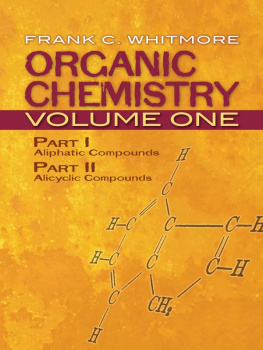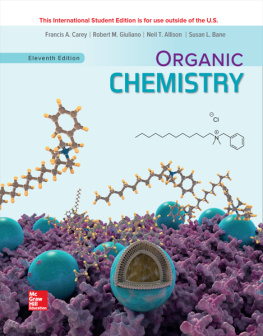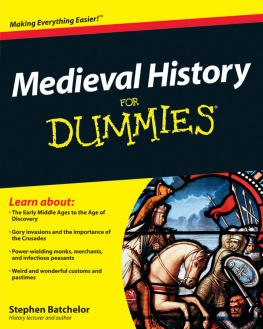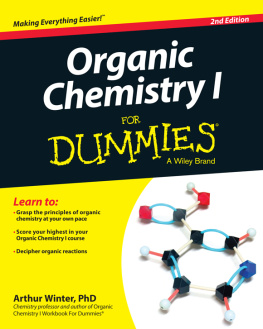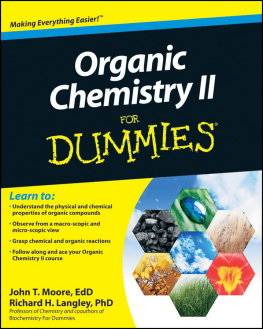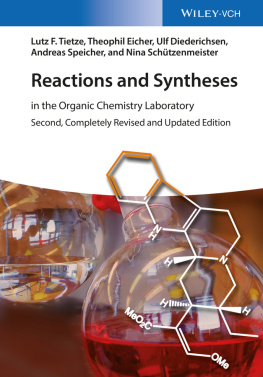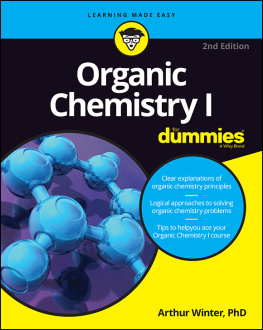
Copyright 2010 by John Wiley & Sons, Inc. All rights reserved
Published by John Wiley & Sons, Inc., Hoboken, New Jersey Published simultaneously in Canada
No part of this publication may be reproduced, stored in a retrieval system, or transmitted in any form or by any means, electronic, mechanical, photocopying, recording, scanning, or otherwise, except as permitted under Section 107 or 108 of the 1976 United States Copyright Act, without either the prior written permission of the Publisher, or authorization through payment of the appropriate per-copy fee to the Copyright Clearance Center, Inc., 222 Rosewood Drive, Danvers, MA 01923, (978) 750-8400, fax (978) 750-4470, or on the web at www.copyright.com. Requests to the Publisher for permission should be addressed to the Permissions Department, John Wiley & Sons, Inc., 111 River Street, Hoboken, NJ 07030, (201) 748-6011, fax (201) 748-6008, or online at http://www.wiley.com/go/permissions.
Limit of Liability/Disclaimer of Warranty: While the publisher and author have used their best efforts in preparing this book, they make no representations or warranties with respect to the accuracy or completeness of the contents of this book and specifically disclaim any implied warranties of merchantability or fitness for a particular purpose. No warranty may be created or extended by sales representatives or written sales materials. The advice and strategies contained herein may not be suitable for your situation. You should consult with a professional where appropriate. Neither the publisher nor author shall be liable for any loss of profit or any other commercial damages, including but not limited to special, incidental, consequential, or other damages.
For general information on our other products and services or for technical support, please contact our Customer Care Department within the United States at (800) 762-2974, outside the United States at (317) 572-3993 or fax (317) 572-4002.
Wiley also publishes its books in a variety of electronic formats. Some content that appears in print may not be available in electronic books. For more information about Wiley products, visit our web site at www.wiley.com.
Library of Congress Cataloging-in-Publication Data:
Carroll, Felix A.
Perspectives on structure and mechanism in organic chemistry / Felix A. Carroll.
p. cm.
Includes bibliographical references and index.
ISBN 978-0-470-27610-5 (cloth)
Preface
This book is the result of my experience teaching physical organic chemistry at Davidson College. During this time I felt a need for a text that not only presents concepts that are central to the understanding and practice of physical organic chemistry but that also teaches students to think about organic chemistry in new ways, particularly in terms of complementary conceptual models. Because of this approach, the first edition of Perspectives on Structure and Mechanism in Organic Chemistry attracted attention beyond the chemistry community and was even quoted in a philosophy dissertation.
Soon after the first edition appeared, I received a telephone call from a student of the philosophy of science, who asked how I came to write a book with this emphasis. I did not have a ready answer, but as we talked I realized that this was primarily due to the influences of George Hammond and Jacob Bronowski. I was a graduate student with George Hammond. Although I cannot recall ever discussing conceptual models with him, his views were nonetheless imprinted on mebut in such a subtle way that I did not fully recognize it at the time. Jacob Bronowskis impact was more distinct because it resulted from a single eventthe film Knowledge or Certainty in a series titled The Ascent of Man. That film offers a powerful commentary on both the limits of human knowledge and the nature of science as a tribute to what we can know although we are fallible.a Perhaps a hybridization of their influences led me to emphasize that familiar conceptual models are only beginning points for describing structures and reactions and that using complementary models can provide a deeper understanding of organic chemistry than can using any one model alone.
As with the first edition, the first five chapters of this book consider structure and bonding of stable molecules and reactive intermediates. There is a chapter on methods organic chemists use to study reaction mechanisms, and then acid-base reactions, substitution reactions, addition reactions, elimination reactions, pericyclic reactions, and photochemical reactions are considered in subsequent chapters. In each case I have updated the content to reflect developments since publication of the first edition.
It is essential for an advanced text to provide complete references. The literature citations in this edition range from 1851 to 2009. They direct interested readers to further information about all of the topics and also acknowledge the researchers whose efforts produced the information sum marized here. A teaching text must also provide a set of problems of varying difficulty. The nearly 400 problems in this edition do more than just allow students to test their understanding of the facts and concepts presented in a chapter. They also encourage readers to actively engage the chemical litera ture and to develop and defend their own ideas. Some problems represent straightforward applications of the information in the text, but other pro blems can best be answered by consulting the literature for background information before attempting a solution. Still other problems are open-ended, with no one correct answer. I have prepared a solutions manual giving answers for problems in the first two categories as well as comments about the open-ended problems.
In Knowledge or Certainty, Bronowski shows many portraits of the same human face and observes that we are aware that these pictures do not so much fix the face as explore it... and that each line that is added strengthens the picture but never makes it final.2b So it is with this book. It is not a photograph but is, instead, a portrait of physical organic chemistry. As with the human face, it is not possible to fix a continually changing sciencewe can only explore it. I hope that the lines added in this edition will better enable readers to develop a deeper and more complete understanding of physical organic chemistry.
FELIX A. CARROLL
Davidson College
1 Weisberg, M. When Less is More: Tradeoffs and Idealization in Model Building; Ph.D. Dissertation, Stanford University, 2003. See also Weisberg, M. Philos. Sci.2004,71, 1071.
2 The quotations are from the book with the same title as the film series: Bronowski, J. The Ascent of Man; Little, Brown and Company, Boston, 1973; (a) p. 374; (b) p. 353.
Acknowledgments
I am grateful to the following colleagues for giving their time to read and to offer comments on portions of this edition.
Igor V. Alabugin, Florida State University
John E. Baldwin, Syracuse University
Christopher M. Hadad, Ohio State University
Richard P. Johnson, University of New Hampshire
Jeffrey I. Seeman, University of Richmond
Benjamin T. King, University of Nevada, Reno
Nancy S. Mills, Trinity University
Sason S. Shaik, Hebrew University, Jerusalem
Richard G. Weiss, Georgetown University
Frank H. Quina, University of Sao Paulo
I am also grateful to readers of the first edition who pointed out errors and made suggestions. In particular, I acknowledge Professor Robert G. Bergman of the University of California, Berkeley and his students for their helpful comments.


